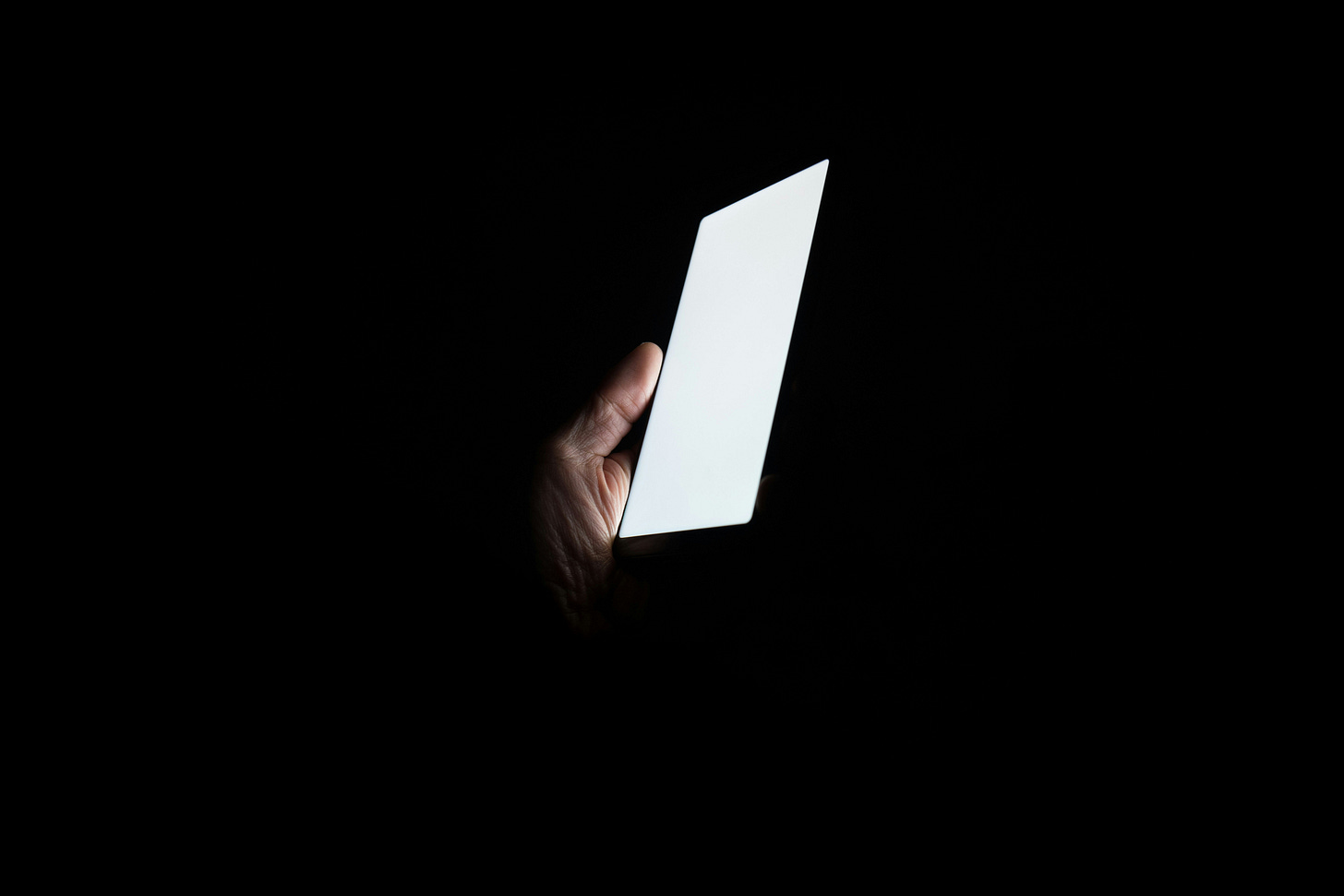Back when I was a smoker I used to make up little rules to try and control my intake. I smoked for 14 years - finally giving up when I was 28. For the last five of The Smoking Years I played these games with myself to try and prove I wasn’t addicted like all those other smokers were.
I could only smoke when I was out.
I could smoke after I’d eaten.
I could smoke if someone had offered me a cigarette.
I could only smoke if I had a drink in my hand.
I could only smoke after 6pm.
I could smoke on weekends.
I couldn’t smoke when dressed for work (unless I had a drink in my hand).
I couldn’t smoke in bed.
I couldn’t smoke on the loo. Who couldn’t wait?
Smoking alone wasn’t allowed - because how could a social smoker smoke alone?
These rules would be adjusted, tweaks and accommodations made, before being abandoned completely. In the end, I just had to admit I was addicted. Two cigarettes a day was a good day. Two packets was a night out followed by shame and promises to change. I had the cough and the background hum of always thinking about whether I should smoke now or later. I didn’t leave the house without my holy trinity: keys, purse, Marlboro Lights. I finally gave up, thanks to the Allen Carr sessions run from some basement room in South London, and have never smoked since.
Me, smoking circa 1990s (pic: my mate Kate H.)
I sometimes think about my smoking days when I feel my hand reach out for my phone to scroll on social media. I’ve got new rules of engagement in place now.
No phone in the bedroom.
No phone upstairs.
No sitting on the loo with my phone.
No phone time unless I am dressed.
No phone after 9pm.
No phone while watching tele.
No phone unless I am working on the phone.
No phone while I am trying to write.
No phone at the table.
No phone when the children are trying to tell me something, because how can I tell them to get off their screens.
No screens before I’ve seen the sky…..
When I had the phone by my bed, I’d wind up scrolling and reading angry tweets sent by people in different time zones. There is an alarm clock where my phone used to be.
Because I regularly break all of my phone rules, when I get up I have to squeeze my shoulder blades together to relieve the pain in the tech hump I’ve developed. I don’t leave the house without the holy trinity: keys, purse, phone. Every week it tells me how many hours we’ve spent together. I use it for work so I play phone-accountant with my hours and pretend that somehow those hours are are work-deductible - to what though? The life off my phone I could’ve been leading?
Downstairs, when I’ve got my coffee and the radio is on, my hand reaches out for my phone. Like a touch typist the muscle memory gets me there without even having to look. Twitter opens, and I can get a quick fix before the children come down. My iPhone is too big and too heavy for my palm and as I start scrolling the little ache in the fleshy bit under my thumb kicks in. This pain can travel up my arm to the base of my neck - so I prop my phone up, drink my coffee and have a look at what people on Twitter are saying about what I’m listening to on the radio, and I like what needs to be liked and roll my eyes at what needs to be eye-rolled at.
Photo by Adrian Swancar on Unsplash
Whenever someone debates whether children should be on social media this issue of addiction comes up. The inconsistent supply of dopamine (likened to gambling) and the infinite scroll keeps some of us hooked for hours. Who hasn’t picked up their phone to do one thing and snapped out of a bleary-brained-fug 30 minutes later in totally the wrong app? There are tricks and tools used to keep us scrolling. Do these amount to an addiction? Are developing teen brains more vulnerable to searching out the social confirmations and the likes?
What do you think? Are you - or is your child - trapped in the infinite scroll? Tell me in the little box below. Am I the only one needing Social Media Anonymous?





